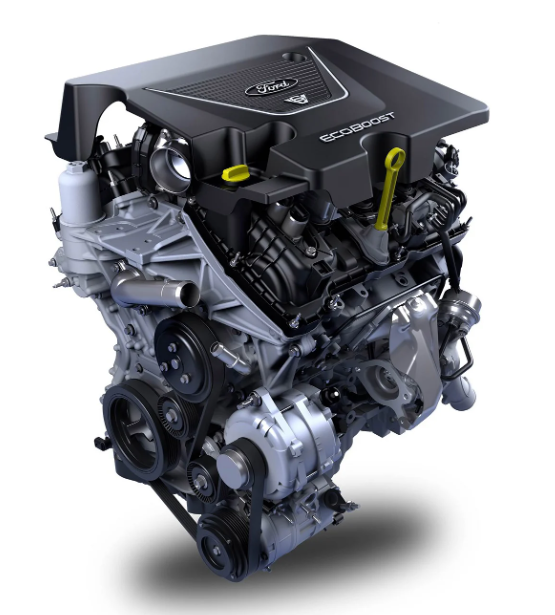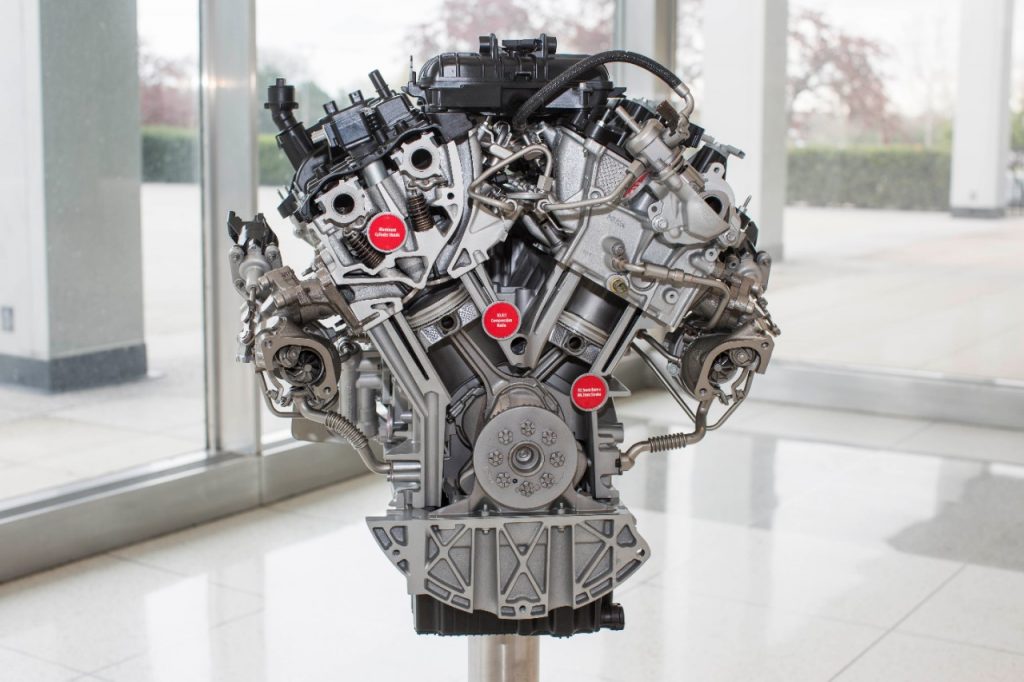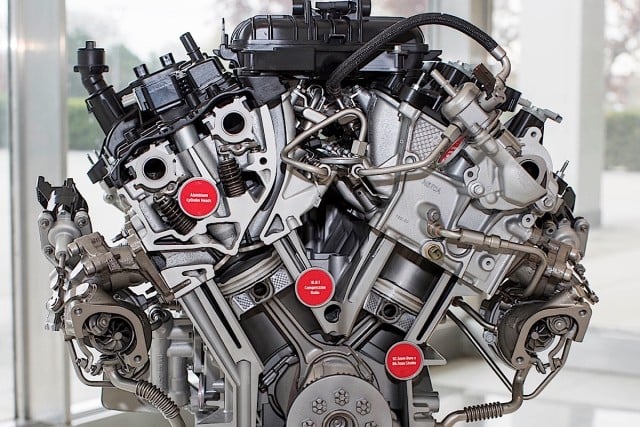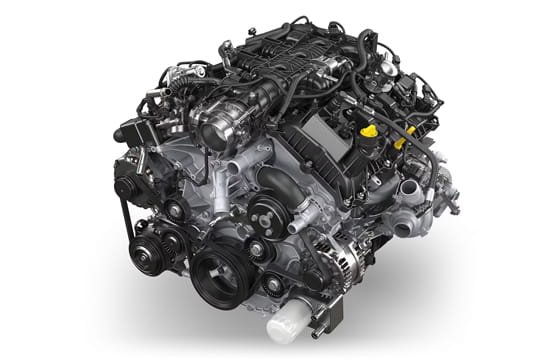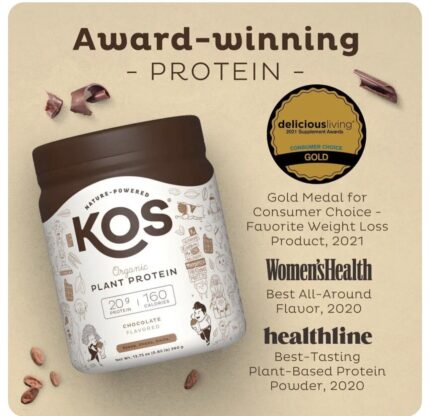Description
The Ford 3.5L EcoBoost Engine: A Marvel of Modern Engineering
The automotive industry is continuously evolving, with manufacturers striving to strike a balance between performance, efficiency, and sustainability. Among the many advancements in engine technology, the Ford 3.5L EcoBoost engine stands out as a prime example of innovation in the realm of powertrains. Known for its remarkable blend of muscular performance and fuel efficiency, the 3.5L EcoBoost has become a popular choice in Ford’s lineup, particularly in trucks and SUVs.
Engine Overview
The Ford 3.5L EcoBoost engine is a twin-turbocharged V6 that signifies a departure from traditional larger-displacement engines. Launched in 2007, the engine was initially produced for the Ford F-150 and has since made its way into various models, including the Ford Explorer, Ford Expedition, and several Lincoln offerings.
Key Features
- Turbocharging: The twin-turbo design is a notable feature of the 3.5L EcoBoost. Turbocharging allows the engine to produce more power without significantly increasing its size or weight. This setup enhances the engine’s responsiveness and acceleration, delivering power in a smooth and linear manner.
- Direct Injection: This technology injects fuel directly into the combustion chamber, optimizing combustion and improving efficiency. This results in better fuel economy without sacrificing performance, making the 3.5L EcoBoost an ideal option for both work and leisure.
- Intercooler: The engine is equipped with an intercooler that cools the intake air after it has been compressed by the turbos. Cooler air is denser, allowing the engine to burn more fuel, thereby enhancing performance and efficiency.
- Variable Valve Timing: The 3.5L EcoBoost employs variable valve timing (VVT) to continuously adjust the timing of the intake and exhaust valves. This feature optimizes airflow into and out of the engine, improving efficiency and performance across various engine speeds.
Performance Metrics
The Ford 3.5L EcoBoost engine delivers impressive performance figures, making it a versatile option for a variety of applications. Depending on the specific model, it typically produces between 270 to 450 horsepower and 350 to 510 lb-ft of torque. This power allows trucks like the F-150 to tow substantial loads while still offering the kind of fuel economy that traditionally has been difficult to achieve in full-sized vehicles.
Applications
One of the most popular applications of the 3.5L EcoBoost engine is in the Ford F-150, America’s best-selling truck. With the 3.5L engine option, the F-150 boasts a towing capacity that rivals many larger V8 engines, making it a favorite among those who require a reliable workhorse. The engine’s performance is also complemented by modern features such as dynamic hitch assist and Pro Trailer Backup Assist, enhancing its capability even further.
Aside from trucks, the engine has also been employed in family-friendly SUVs like the Ford Explorer and larger SUVs like the Ford Expedition. In these vehicles, it provides a perfect balance of power for highway driving while maintaining respectable fuel economy during everyday commutes.
Environmental Considerations
The EcoBoost technology aligns with the increasing emphasis on sustainability within the automotive industry. By promoting better fuel efficiency and reducing carbon emissions compared to traditional larger engines, the 3.5L EcoBoost contributes to lower overall environmental impact. Additionally, Ford has committed to expanding its electric and hybrid offerings, but the 3.5L EcoBoost remains a key player in their internal combustion engine lineup.

